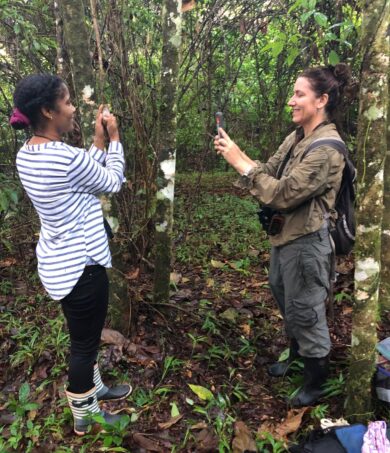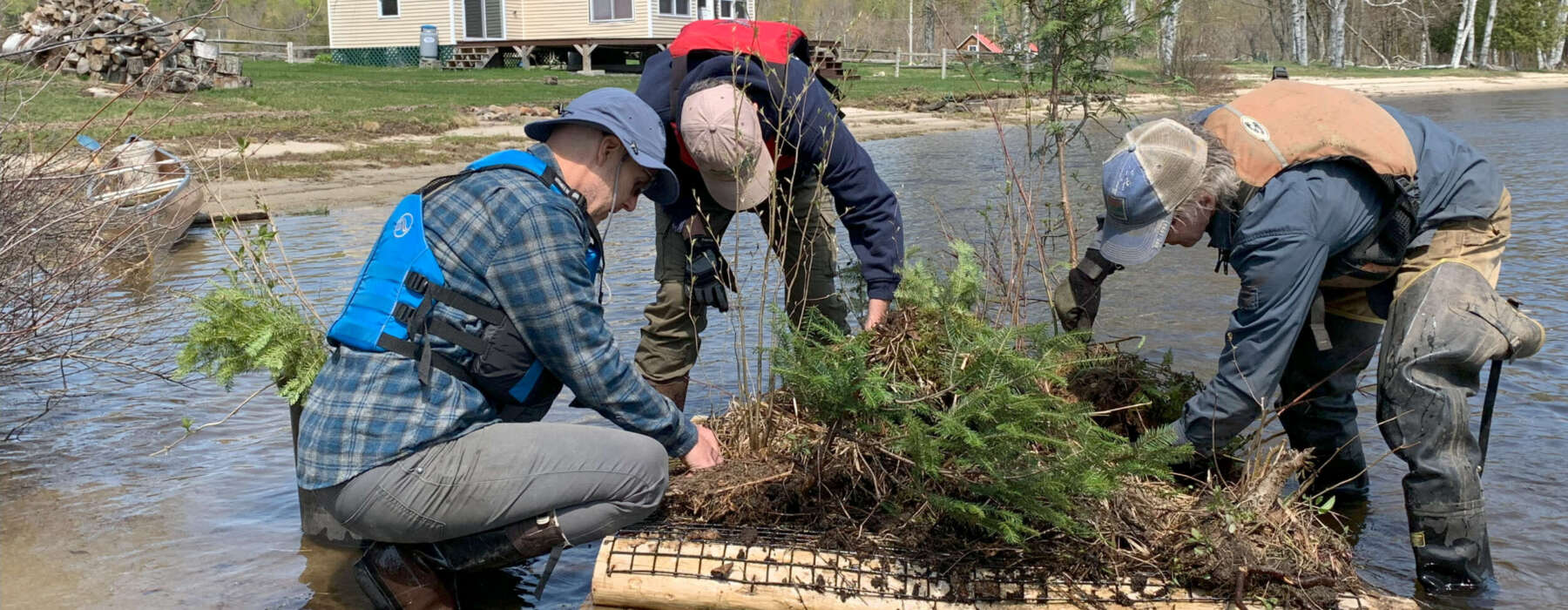VCE is leading action-oriented partnerships and creating practical tools to protect biodiversity. By introducing evidence-based stewardship strategies to landowners, legislators, and other key decision makers, we are putting our science to work for conservation.
Explore the useful conservation products of the Vermont Wild Bee Survey, compiled in the landmark State of Vermont’s Wild Bees report, including conservation ranks for 335 species, a watchlist of imperiled species, and maps of Important Bee Areas, unique bee communities, and priority regions for future surveys.
Find well-informed management guidance for conserving wild bees in gardens, yards, powerlines, and forests. And get to know the species that serve as important pollinators for agricultural crops like apples, strawberries, blueberries, and squash.
Learn how the Vermont Loon Conservation Project’s exemplary blend of monitoring, management, and outreach have enabled recovery of this iconic species, from a low of eight nesting pairs in the 1980s to well over 100 in recent years.
Zoom in to a critical wetland near you with the Vermont Vernal Pool Atlas. This interactive map is a go-to resource for landowners, foresters, and land trusts aiming to safeguard vulnerable amphibian populations.
Page through the Vermont Atlas of Life 10th Anniversary Report to find biodiversity hotspots and an assessment of how well today’s conserved lands protect the state’s natural heritage—now and in future climate scenarios.
Step into the field with a seasonal biologist studying the efficacy of sugarbush management standards intended to benefit migratory birds and maple syrup producers. And learn how our collaboration with Audubon Vermont and the University of Vermont is linked to complementary research into sugaring’s effects on ecosystem services and socio-economic outcomes.
Read about the launch of a Science to Policy Working Group that provides a forum for scientists to share findings with lawmakers and lawmakers to communicate their information needs.
 Find out how we’ve worked with partners in the Greater Antilles to identify and protect a 1,000-acre reserve in the Dominican Republic, curb illegal deforestation in globally important habitat, and narrow down the whereabouts of Bicknell’s Thrush in Cuba.
Find out how we’ve worked with partners in the Greater Antilles to identify and protect a 1,000-acre reserve in the Dominican Republic, curb illegal deforestation in globally important habitat, and narrow down the whereabouts of Bicknell’s Thrush in Cuba.
Travel to the DR’s Sierra de Bahoruco National Park with Executive Director Susan Hindinger, Director Emeritus Chris Rimmer, and Caribbean Conservation Coordinator Jim Goetz on a mission to map Bicknell’s Thrush migration routes. Watch Chris nanotag a bird for this effort to locate stopover sites needing protection.
Discover how VCE’s Grassland Ambassadors are helping farmers improve essential nesting habitat, and you’ll understand why the State of Vermont asked us to write a recovery plan for the endangered Eastern Meadowlark.
Learn about a highly collaborative research project that could help forest managers curb impacts of mountain bushwhacking.
Read about how we’re broadening our vision for community science.

